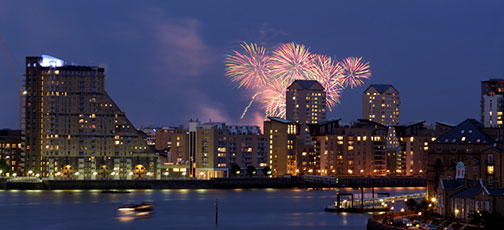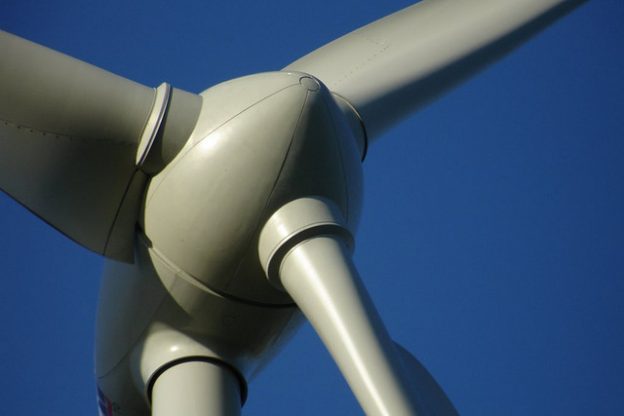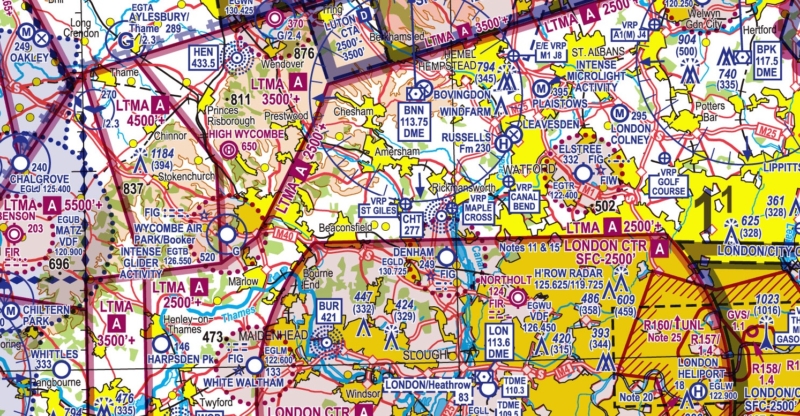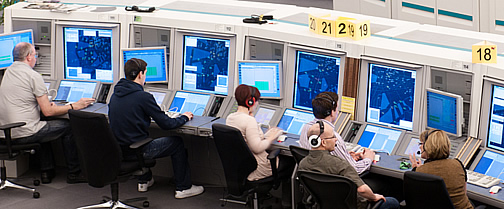Remember, remember, the 5th of November!
3 November 2014Over the years, the use of pyrotechnics in the UK has become a growth industry. The tradition of firework displays to commemorate Guy Fawkes Night now lasts several days, and occasions such as New Year’s Eve, the Hindu festival of Diwali and even weddings, are celebrated with spectacular displays.
But what effect, if any, do fireworks have on aviation? Well, a firework display (that went ahead without any notification) at a wedding just last year caused disruption to the arrival of aircraft at a London airport, so they can have an impact.

In 2013, the CAA processed approximately 7,000 unusual aerial activity notifications of which over 600 were firework displays. Of those 600 notified displays, 254 fell over the two week period that includes Bonfire Night. Anyone living in the UK will know that 254 displays are just a minute proportion of the number of displays that actually take place at this time of year!
So what does anyone planning on using fireworks need to consider or do with regards to aviation?
If you’re using fireworks, you need to consider the airspace you’re using in addition to making sure that the spectators are sufficiently protected from the explosives. The Air Navigation Order states that, “a person must not recklessly or negligently act in a manner likely to endanger aircraft, or any person in an aircraft”. Whilst the Rules of the Air preclude aircraft flying at the heights that most firework displays reach; those major displays that take place in flight paths to active aerodromes have the potential to impact safe flying operations.

Many fireworks used today can disperse canisters into the sky for secondary pyrotechnic effects. Whilst the risk of collision with aircraft is small, these projectiles need to be considered when carrying out an assessment for firework displays in the vicinity of aerodromes and known low-level flight paths such as the London Helicopters Routes. Unexpected firework displays in these areas could distract pilots during critical stages of flight associated with taking off and landing.
Prior to planning any display, no matter how small, organisers should familiarise themselves with CAP 736 and the location of the display. If you are in any doubt as to what aviation activity could be affected, you can contact Airspace Regulation Operations and guidance can be offered.
CAP 736 suggests that displays taking place within 3nm of an active aerodrome or within 500 metres of the extended centreline out to 10nm should be notified to us at the CAA for coordination. The best way to do this is by using the online form, known as a DAP1918 – www.caa.co.uk/dap1918
Comments
Please respect our commenting policy and guidelines when posting on this website.



